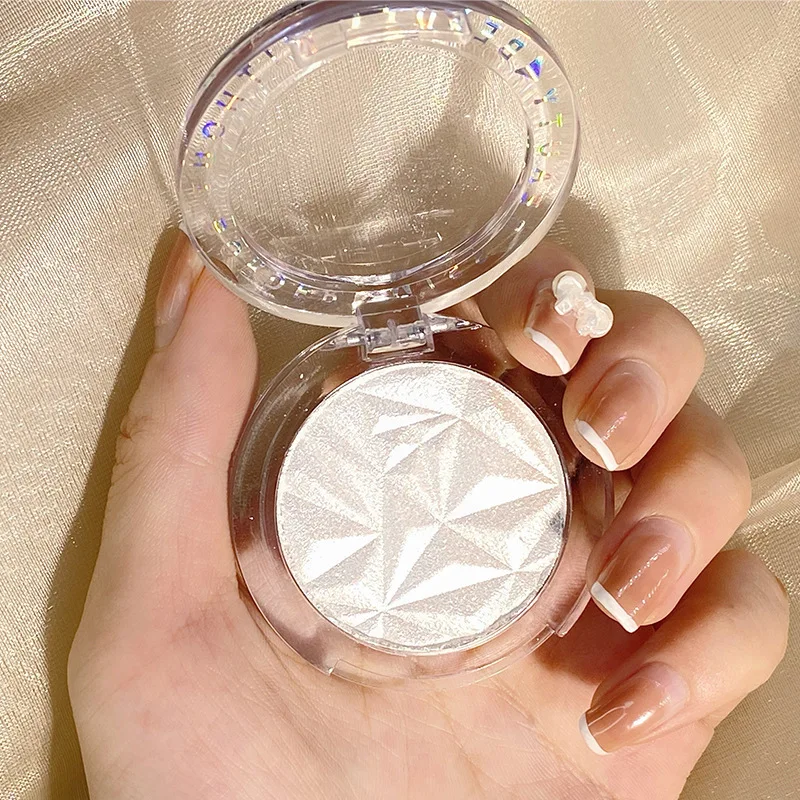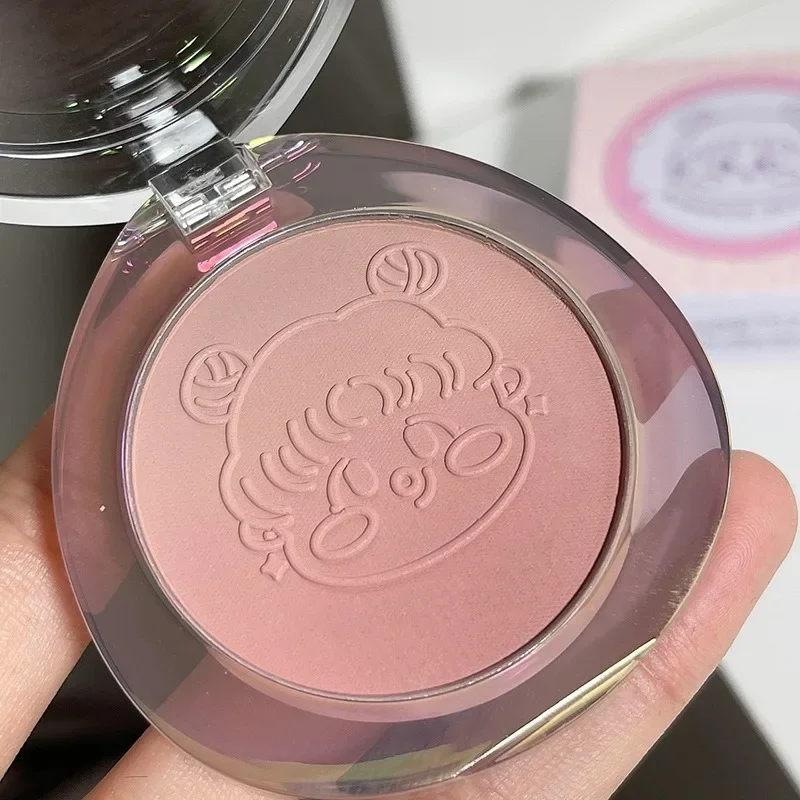Blush or highlighter first is two essential components of makeup that can significantly impact your overall appearance. Each serves a distinct purpose but works together to create a radiant and healthy look. This guide will delve into both products, exploring their functions, application techniques, and the best ways to use them to enhance your natural beauty.

Understanding Blush
Blush, often referred to as rouge, is designed to add a healthy flush of color to the cheeks. It mimics the natural redness that occurs when blood flows to the surface of the skin. Blush can also shape the face, giving it more definition and dimension.
The Purpose of Blush
Blush’s primary role is to add a touch of color to your cheeks. This can make your complexion look more vibrant and youthful. A well-applied blush can also create the illusion of a more sculpted face by emphasizing the cheekbones and balancing other features.
Types of Blush
Blush comes in various forms, each offering different effects and finishes. The most common types are powder, cream, gel, and liquid blush.
- Powder Blush: This is the most traditional form. It’s easy to apply and build up. Powder blushes are ideal for oily skin because they help absorb excess oil.
- Cream Blush: Cream blushes provide a dewy finish and blend easily into the skin. They’re great for dry skin types as they offer a moisturizing effect.
- Gel Blush: Gel blushes offer a lightweight, long-lasting finish. They often come in vibrant colors and provide a natural look.
- Liquid Blush: Liquid blushes offer a buildable, seamless application. They’re versatile and can be mixed with other products for a custom color.
Choosing the Right Blush Color
Choosing the right blush color depends on your skin tone. For fair skin, soft pinks and corals work best. Medium skin tones often suit peachy shades, while darker skin tones can handle bold colors like deep berries or rich reds. It’s essential to select a shade that complements your natural skin color and enhances your overall look.
How to Apply Blush
Proper application of blush is crucial for achieving a natural look. Start by smiling to identify the apples of your cheeks. Using a blush brush, apply the blush in a sweeping motion from the apple of your cheek towards your hairline. Blend the color well to avoid harsh lines. For a more sculpted appearance, you can apply blush slightly above the apples of your cheeks.
Common Mistakes to Avoid
One common mistake is applying too much blush, which can look unnatural. Another mistake is using a shade that is too dark for your skin tone. Ensure you blend well to avoid stark lines and patches. It’s also important to match the blush with the rest of your makeup to maintain a cohesive look.

Exploring Highlighter
Highlighter is designed to add a luminous glow to your skin. It enhances certain areas of your face, creating the illusion of radiance and vitality. Highlighters are often used to accentuate high points of the face, such as the cheekbones, brow bones, and the bridge of the nose.
The Purpose of Highlighter
The primary purpose of a highlighter is to create a glowing effect. It catches light and reflects it, giving your skin a radiant appearance. Highlighters can also help define your facial features by bringing attention to areas you want to emphasize.
Types of Highlighters
Highlighters come in several forms, each providing a different finish. The most common types include powder, cream, liquid, and stick highlighters.
- Powder Highlighter: Powder highlighters are easy to apply and blend. They are ideal for those who prefer a more intense, buildable glow.
- Cream Highlighter: Cream highlighters offer a dewy finish and blend seamlessly into the skin. They are perfect for a more subtle, natural glow.
- Liquid Highlighter: Liquid highlighters provide a lightweight and buildable shine. They can be mixed with foundation or applied directly to the skin for a radiant finish.
- Stick Highlighter: Stick highlighters are convenient for on-the-go application. They offer a precise application and can be blended easily.
Choosing the Right Highlighter Shade
The right highlighter shade depends on your skin tone and the effect you want to achieve. For fair skin, choose highlighters with pink or pearl undertones. Medium skin tones can benefit from gold or peachy highlights, while deeper skin tones look great with bronze or copper shades.
How to Apply Highlighter
Applying highlighter correctly is essential for achieving the best results. Use a brush or fingertip to apply highlighter to the high points of your face, such as the tops of your cheekbones, the bridge of your nose, and your cupid’s bow. Blend the highlighter well to ensure it seamlessly integrates with your skin.
Common Highlighter Mistakes
One common mistake is applying highlighter to areas that shouldn’t be highlighted, such as the entire face. Another mistake is using too much product, which can look unnatural. Ensure you blend well to achieve a seamless, glowing finish.
Combining Blush and Highlighter
Blush and highlighter work best when used together. Applying blush first and then highlighter can create a balanced and radiant look. Make sure to blend them well to avoid harsh lines and achieve a harmonious appearance.
Tips for a Balanced Look
For a balanced look, apply blush to the apples of your cheeks and highlighter to the high points of your face. This combination enhances your natural features without overwhelming your makeup. Always consider your overall makeup look and adjust the intensity of your blush and highlighter accordingly.
Adjusting for Different Occasions
For everyday wear, opt for a subtle blush and highlighter combination. For special events or evenings out, you can increase the intensity for a more dramatic effect. Adjusting the application based on the occasion will help you achieve the desired look.

Seasonal and Occasional Adjustments
Your blush and highlighter application might vary depending on the season or occasion:
- Spring/Summer: Opt for brighter, warmer blush shades and dewy highlighters to complement the natural sun-kissed look. Light, radiant finishes work well for these seasons.
- Fall/Winter: Choose deeper blush shades and more intense highlighters. Warm tones and shimmering finishes can complement the season’s mood.
- Daytime: Go for a subtle blush and highlighter combination to keep your look fresh and natural. Light application and blending are key.
- Evening/Events: Enhance the intensity of your blush and highlighter for a more dramatic effect. You can use additional layers or choose more vivid colors for a bolder appearance.
Product Recommendations and Tips
Best Blushes for Different Skin Types
- For Oily Skin: Powder blushes are ideal as they help control oil and provide a matte finish. Look for long-wearing formulas.
- For Dry Skin: Cream or gel blushes provide hydration and a dewy finish. Opt for moisturizing formulas to avoid dryness.
Best Highlighters for Different Skin Types
- For Oily Skin: Powder highlighters work well as they control excess oil and provide a long-lasting shine.
- For Dry Skin: Cream or liquid highlighters offer a dewy, hydrated glow. They blend seamlessly into the skin and provide a radiant finish.
Application Tools
- Blush Brushes: Look for brushes with a slightly angled shape for precise application. Synthetic bristles are great for applying cream and gel blushes.
- Highlighter Brushes: Fan brushes or small tapered brushes are perfect for applying highlighter to specific areas. They help control the amount of product and ensure precise application.
Conclusion
Blush and highlighter are powerful tools in makeup that can significantly enhance your natural beauty. By understanding their purposes, choosing the right products, and applying them correctly, you can achieve a radiant and well-defined look. Whether you prefer a subtle glow or a more dramatic effect, mastering these techniques will help you create a stunning appearance for any occasion.
